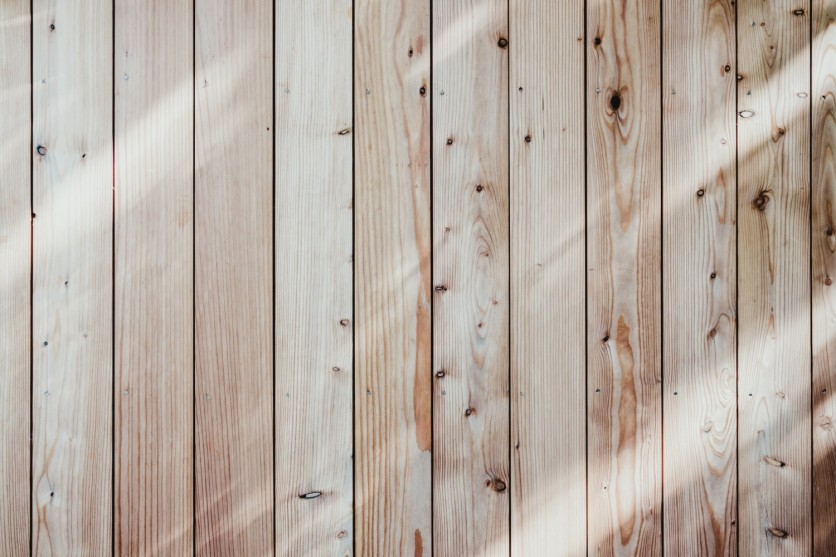3D Bioprinting is the key to getting one's needed objects like wood and wants to avoid wasting ready materials that manufacturers would cut for one's specific needs. Researchers from the Massachusetts Institute of Technology have been developing a way to do this, and they can 3D print the customizable wood products into any shape without generating waste.
3D Bioprinting: Customizable Wood Products from MIT Researchers

MIT researchers recently published a study entitled "Physical, mechanical, and microstructural characterization of novel, 3D-printed, tunable, lab-grown plant materials generated from Zinnia elegans cell cultures," and it talks about 3D Bioprinting of wood materials for construction needs.
It also promotes zero waste, significantly as the 3D Bioprinting would help in creating the custom shapes and sizes that a client would need for their wood needs.
According to the researchers (via SciTechDaily), they have developed a way to incorporate the DNA of a tree into the materials that its machine will 3D print. In this way, users may get the exact size and dimensions of the material, all while earning the same look and feel as wood materials.
Wood Products with Zero Waste: Is it Possible?
Wood products with zero waste are somehow impossible, but the 3D Bioprinting venture from the MIT researchers will help significantly reduce the unnecessary scraps from being cut. Before, manufacturers would cut a considerable wood material to form the shape or design a person needed, and wood scraps would go to waste.
Now, the research aims to reduce this via its studies.
3D Bioprinting and Alternatives Now
The public is already aware that there are such things as 3D Bioprinting present in technology and innovation now, and it aims to bring people alternatives that would bring almost the same thing but quite different. Some foods like ribeye steaks are getting a 3D bioprinted choice, but their mouthfeel and taste are almost similar to the real thing.
Other applications of 3D Bioprinting are for the medical field, and it focuses on bringing the public a chance to get their transplant organs without having to wait for a donor and its availability in hospitals. The actual organ and the 3D bioprinted organs have less chance of working when brought to a different body, and organ failure might happen here.
There are many ways that science helps the public by answering their needs and wants in this time of scarcity and sustainability for all focuses. Having materials made from the original DNA and replicating the feel and texture it has may help give the public more of what they will have and have less to waste on its creation via this new research.
This article is owned by TechTimes
Written by Isaiah Richard
![Apple Watch Series 10 [GPS 42mm]](https://d.techtimes.com/en/full/453899/apple-watch-series-10-gps-42mm.jpg?w=184&h=103&f=9fb3c2ea2db928c663d1d2eadbcb3e52)



